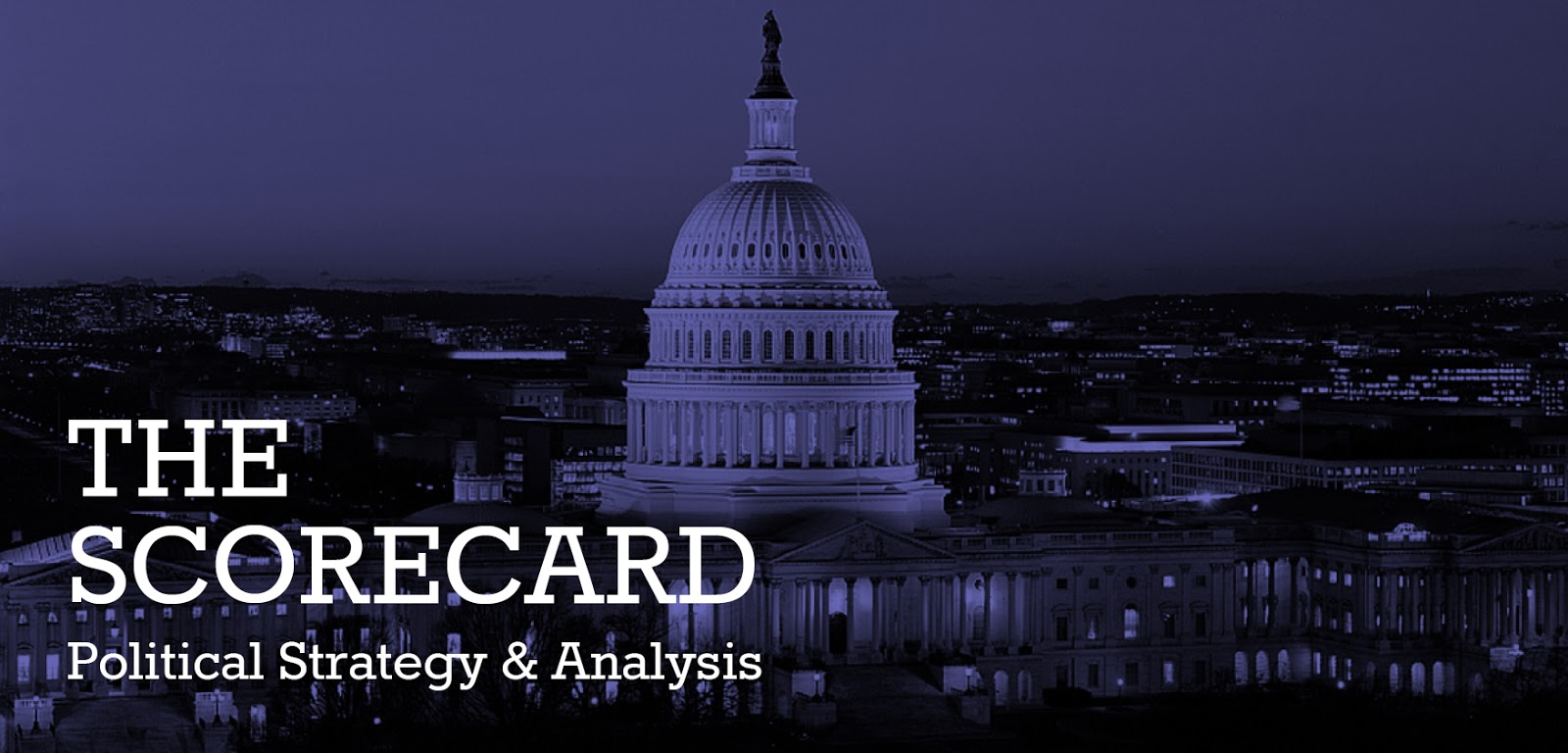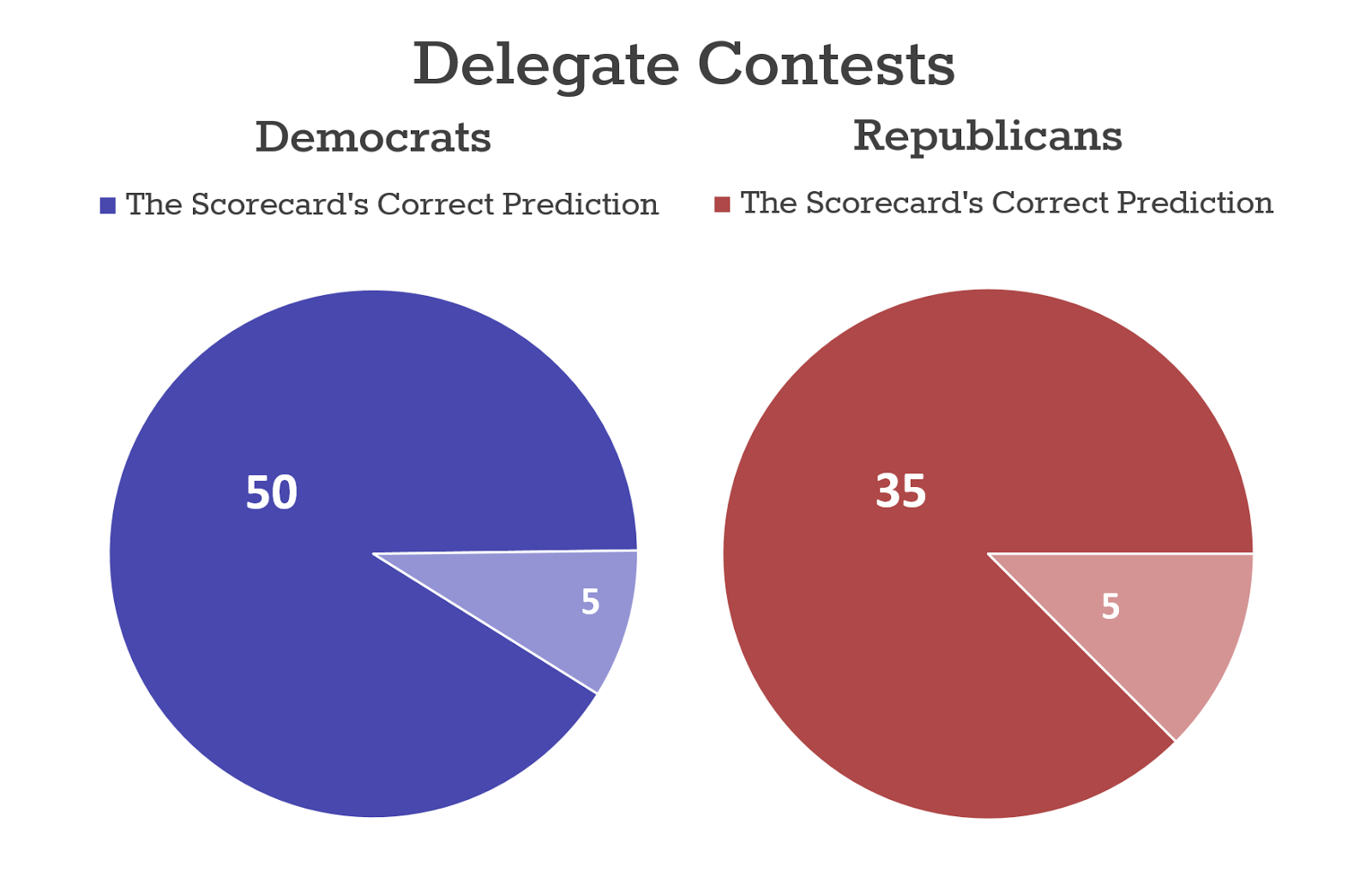I am not going to hide my shock at the result. Nor will I attempt to claim I saw it coming when I didn’t. However when it comes to Connecticut, given the national surprise, I feel I fared as well as could be expected. At a basic level, Clinton was in no danger in Connecticut. She won here by more than Kerry in 2004. Where the election day pattern held up better than I could have imagined was in tracking the primary map.
Clinton was able to win 47 out of the 53 towns she won in the primary, including Republican strongholds of Greenwich, New Canaan, Darien, Wilton, Easton, Ridgefield and Newtown. The Greenwich margin was 18%, and she ran stronger than Obama in almost all wealthy towns, but almost exclusively there. Some of the improvements were mind-boggling. Greenwich, Darien, New Canaan and Wilton averaged shifts of more than 30 points.
If this had been the end of the story a Clinton walk would have
been in hand, but as big as some of her gains were, her losses were larger. She
was pretty well slaughtered across all of rural Connecticut but also had big
losses in inner-ring suburbs and small cities.
Romney got 55% or more in only 23 towns. Trump got 55% or more
in 41 towns. Romney won about 60; Trump won 88. Trump won some very Democratic
places headlined by Enfield, Bristol, Plainville, East Haven, Killingly.
To make matters worse for Democrats, they also saw small
erosions in their urban core, driven primarily by decline in voter turnout. Hartford
was down 4%, New Haven was down 5%, Bridgeport was down 8%. Yet the cities
still produced over 80% of the landslide here and a ton of votes.
The smaller cities and suburbs were not as forgiving. Margin for Clinton in
New Britain was down 11%, Windham dropped 16% , Middletown 11%, Meriden 18%,
West Haven 18%, Waterbury 28%, and Norwich was down 18%. These are all warning
signs. A Democrat simply should not do better in Greenwich than Norwich.
While this math enabled
Clinton to have a comfortable win across the state, this map when played out
across the swing states spelled doom. Connecticut is simply more educated and
more urban than the country, and that is why we voted how we voted. The Clinton
strategy to pick off elite Republicans clearly worked here, but the losses with
non-elites everywhere else was fatal.
When we look down ballot, we see improvements for Trump in areas
with the targeted races. Democratic bleeding in Meriden and Ansonia cost them
two Senate seats in districts where Obama previously hit 60%. Clinton performed
nowhere near as strongly. Democrats did not gain any compensating seats in
Fairfield County as Democratic challengers were somewhat weak or non-existent.
On the House side, Republicans gained by the same regional math with a Trump
factor or the national ticket mattering in almost every race, except for Pat
Boyd in the 50th District, who flipped a Republican seat blue despite the
Trump wave. Democrats salvaged gains in three of the seats where the Republican
wave was strong in 2010, and overall are far weaker.
The Connecticut fault
lines matched the national ones in important ways. One interesting thing for
Connecticut Democrats is whether Presidential strength will be mirrored down
ballot in the gubernatorial election year, or whether shifting interests will
bring other forces to the fore. At this point a Republican sweep in 2018 would
seem to be the most likely outcome, though predicting has clearly proven harder
than we imagined.



